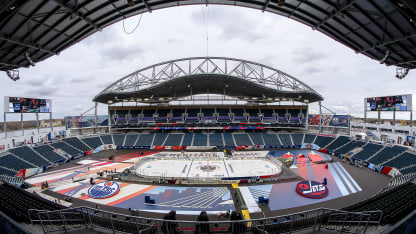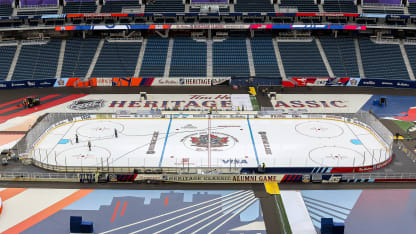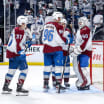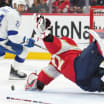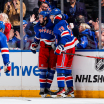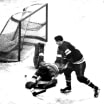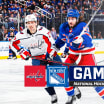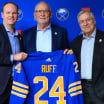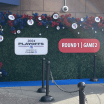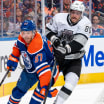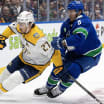Randy Gilhen, a forward who played 457 NHL games, said playing indoors "was a treat."
"I remember so many times my feet would be frozen (from playing outdoors) and my dad or mom were rubbing my feet, or you were jumping up and down trying for circulation," said Gilhen, who won the Stanley Cup with the Pittsburgh Penguins in 1991.
"It was reality back in those days. You practiced outside all the time. Playing AAA hockey when I was 15, we practiced outside once a week. That's unheard of now."
As for the effectiveness of Vaseline on the face? "Yeah, Vaseline, that was a good one," the 53-year-old Gilhen said, scoffing like Keane. "The hardest part of playing outdoors on a cold day, well I remember jumping up and down, banging my heels constantly on the bench, trying to keep the circulation in my feet and toes so they wouldn't freeze. And you had gloves under your hockey gloves."
But the experience, as cold as it may have been, is something none of them would trade for anything. Still, it wasn't always easy.
"Many times I went home just bawling because my feet were so sore from being frozen," said Keane, 49. "You'd put your feet on the register at home and pins and needles would start and they'd thaw out and you'd be fine.
"It was just part of the game.
"And God forbid you'd shoot the puck over the mesh, because then you had to go get it, tromp through snow. No pails of pucks then. Then you'd go inside, warm up again, get your swamp water (a mix of different sodas in one glass) and pack of Blue Whales (candy) and away you'd go."
It was more than learning the game for Jordy Douglas, who played 268 games in the NHL for the Hartford Whalers, Minnesota North Stars and the Jets. "It was where we spent every breath of our lives in winter," said Douglas, 58. "As kids, it was a paradise for us."
Winnipeg winters are the subject of much derision. It's a winter city, no doubt, but residents and kids on outdoor rinks have few concerns about outdoor activities when the temperatures are in the normal range of minus 10 to minus 20 Celsius. Granted, there are days when the wind whips and the evening lows can reach into the minus 30s. Bring it on, says Keane.
"Winnipeg has a bad rap," Keane said. "I don't remember anyone wearing a Speedo and cowboy boots in the middle of winter in Montreal when I played there. It's [very] cold there, too. To me, way colder. Minus 30 here is fine. You bundle up. There, minus 10 goes through your bones. It goes through you.
"Hey, it's winter. And as a kid growing up, you couldn't ask for a better place. Winnipeg rinks were a dime a dozen. Many places had two or three rinks. You couldn't beat it."
